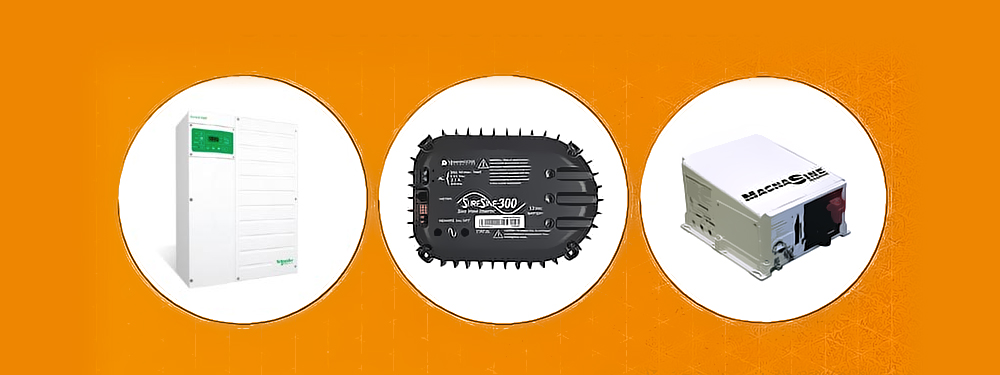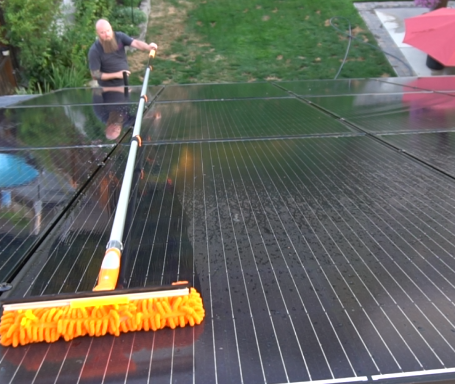Working from home sounds ideal to a lot of people.
There’s no more hustling in the morning to shower up, pick out a suitable outfit, gulp down breakfast, and polish those pearly whites.
And no more sitting rush hour traffic, crawling along at a mind-numbing pace.
Working remotely has been a game-changer!
You have:
- The world’s shortest commute (from your bedroom to your kitchen)
- Geographic freedom (who’s going to mind if you’re at the beach as long as you’re working?)
- More time with your family
- Your unlimited choice of wardrobe (especially for the lower body – here’s looking at you, shorts) every single day

One of the biggest hurdles for stay-at-home professionals is finding ways to stay productive.
If you find yourself distracted by the TV, the kids, or trips to the refrigerator, a tiny backyard office could be the answer.
Let’s scroll through your handy guide to backyard workspaces below.
What Is a Tiny Backyard Office?

Have you ever heard the term “tiny backyard office” before the pandemic?
Likely not.
It’s a new-fangled idea that our new telework world has generated.
Think of backyard offices as the future of working from home.
Many professionals are set up in a shared guest room, a dining room table, or a nook in the living room.
Tiny homes and garden sheds have been on trend for a long time.
These are portable spaces that you can convert or design to fit any need.
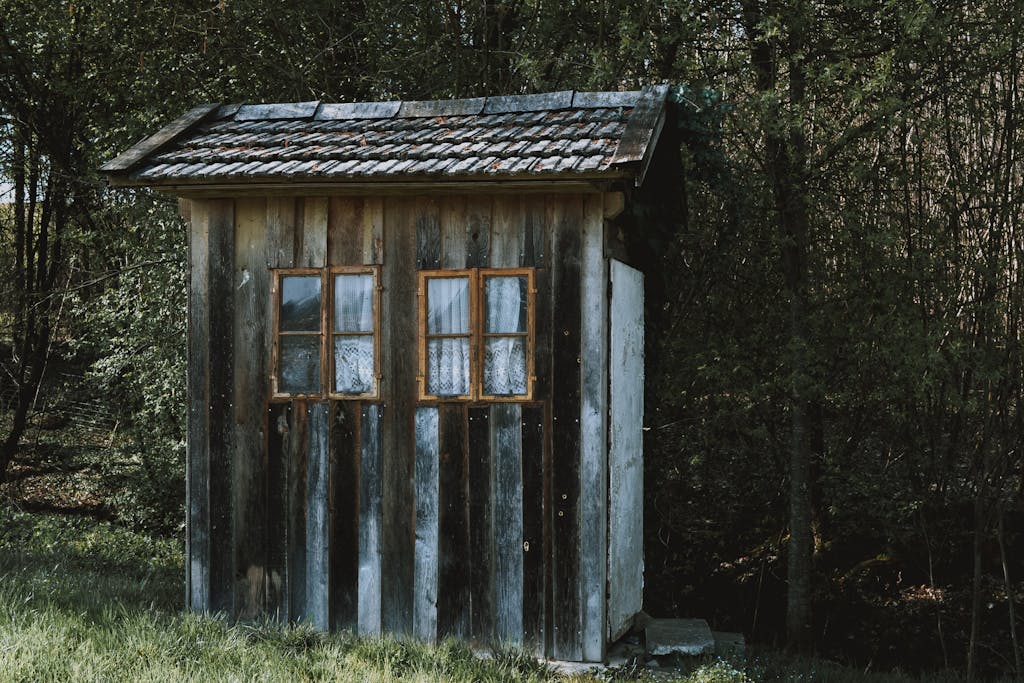
Generally, these aren’t your typical hardware store garden sheds.
A tiny office can have wheels, or it can be stationary.
Companies construct the buildings using vinyl, wood, metal, or sheetrock.
What makes a building a tiny office is how you design it or how you use it.
Why Create a Backyard Workspace?
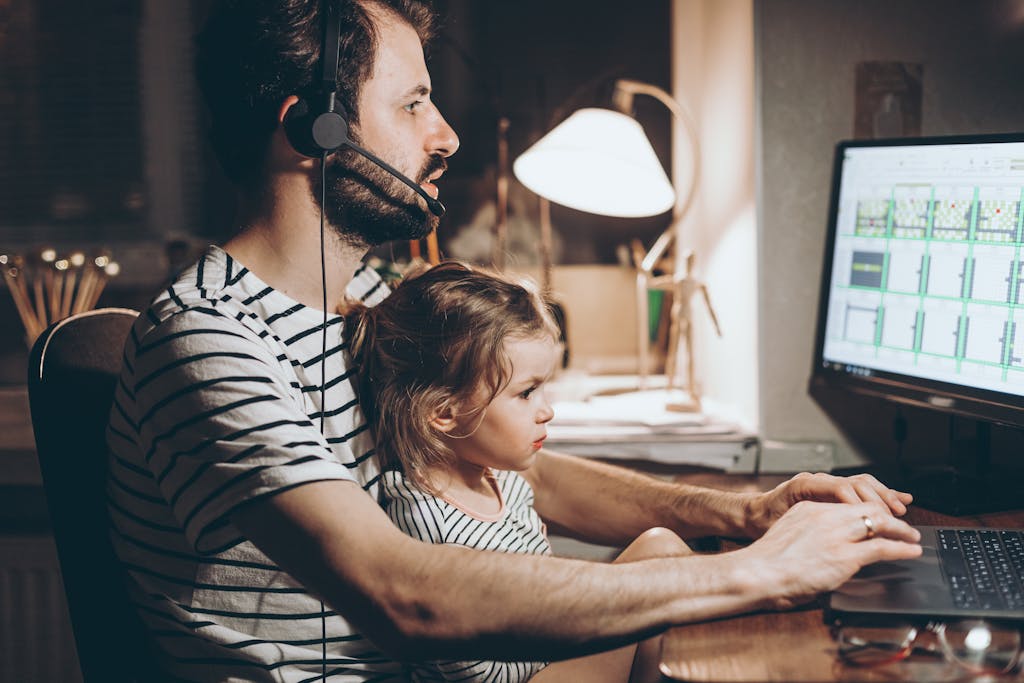
Let’s face it.
Working from home can be a challenge.
You start the day with a productive goal, but you have to fight off many distractions throughout it.
The home isn’t usually set up as a professional oasis.
If you worked away from home before, then it’s usually set up to be relaxing.
It’s a space where you can relax and play, like binge-watching your favorite show, spending time with your family, and playing with your pets.
Practicing self-control at all times can be mentally exhausting.
It is easier to switch on and off from your professional life if you commute to the office.
Once you leave the office for the day and return home, you can switch into “time off” mode.
A dedicated space can create a similar separation.
Separate Your Professional Life

While many people dream of working from the couch or bed, you should avoid these two places.
Instead, your backyard space is a physical, comfortable area separate from your personal life.
If need be, add a lock to the door.
Try to refrain from professional communication when you aren’t in your office.
Avoid job-related e-mails when you wake up.
When you have a tangible office outside, it is easier to separate professional activities and personal activities.
For those who regularly work from the living room, it’s harder to resist job-related communication when you’re trying to relax.
In addition to creating separation for yourself, it creates a separation for your family.
Let your family know your schedule so that they don’t disturb you while in the work shed.
Your partner and children will know that you need to work when you retreat to the tiny backyard office.
Limit Your Distractions
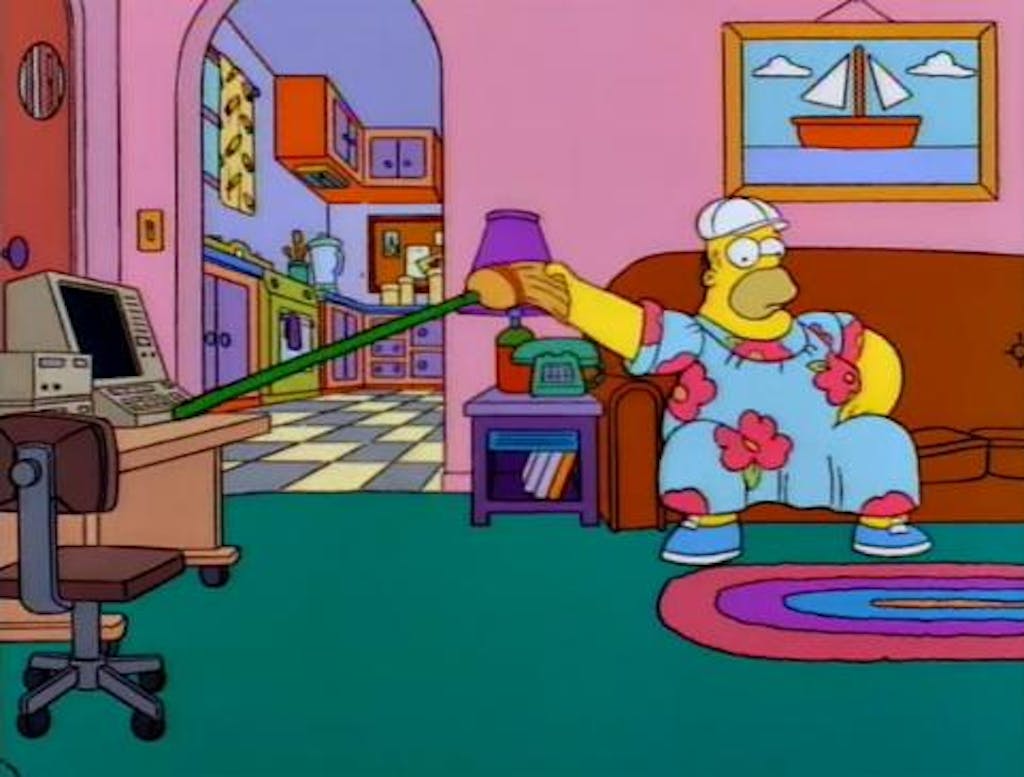
Anyone who has worked remotely for any length of time knows how crippling distractions can become.
It’s easy to turn on the TV, fall down a rabbit hole of internet surfing, or play with your pets for hours at a time.
The refrigerator may become a regular destination for those who set up a workspace on the kitchen table.
To limit distraction, a dedicated backyard shed can help. In addition to the shed, consider establishing a routine.
Traditional offices encourage employees to maintain productivity through a schedule and daily routine.
Set a schedule and try to stick to it.
If you know that your focus will fade throughout the day, you should try to handle all of your difficult tasks early.
In your tiny backyard office, you don’t need to bring all of your distractions with you.
For example, if the TV is the bane of your workday, you don’t need a TV.
Set up your space so that you can focus on productivity and limit your distractions.
If your distractions are inside the home, you are less likely to spend hours browsing through your streaming selection on your gaming console.
How To Build a Tiny Backyard Office
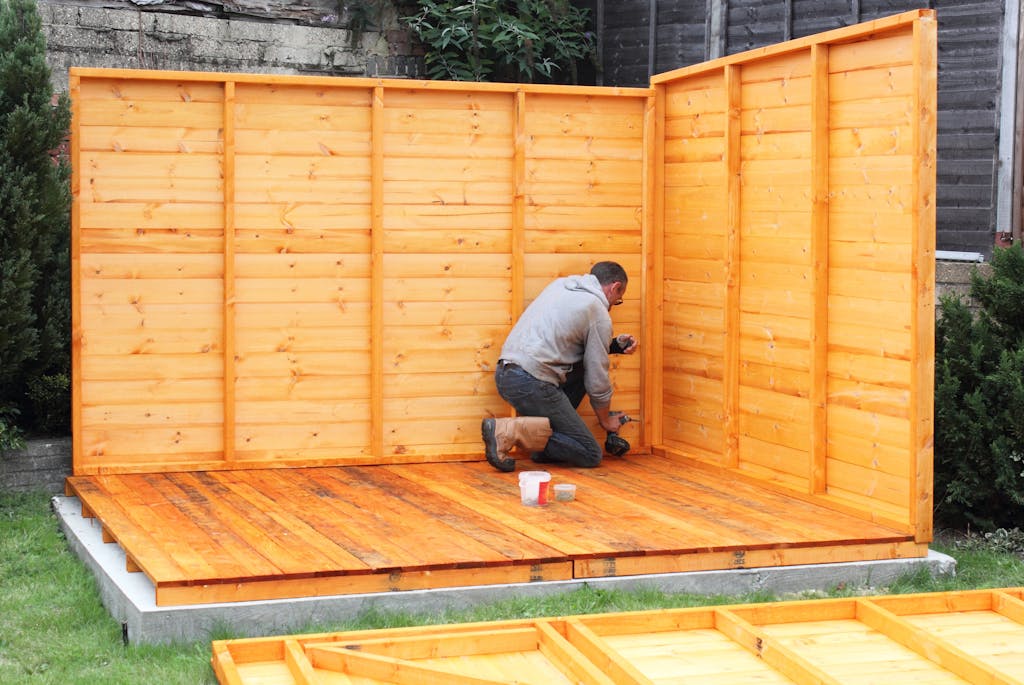
What do you want out of your tiny office?
The final result depends on your budget, needs, and taste.
You have a choice between custom and pre-made buildings.
Even pre-made designs may have room for customization.
We’ve compiled the following tips to help you figure out the design and layout for your new workspace.
Choose Outbuildings
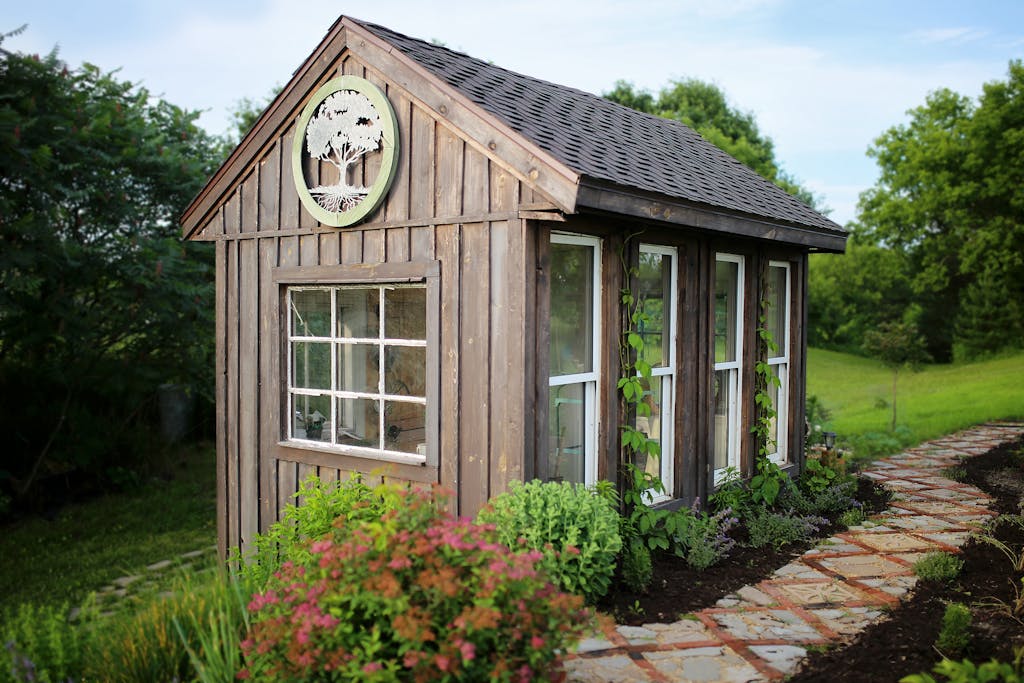
Many shed and tiny home manufacturers build office spaces for clients.
While some people have converted outbuildings to meet their needs, others have them designed for that purpose.
Size, material, and portability are three factors to consider when choosing a building.
Size
When calculating the size shed that you need, think about your yard. Most people don’t want to sacrifice their entire backyard for an office.
Still, your size choice may not be as black and white as measuring your yard.
Tiny pods can be as small as 40 square feet and larger than 190 square feet.
If you want something small and minimalistic, an office space with one room, a desk, chair, and storage may be all you need.
Other models have a sitting area, workstation, and bathroom.
In deciding the size, remember that you need to consider height, width, and length.
Material
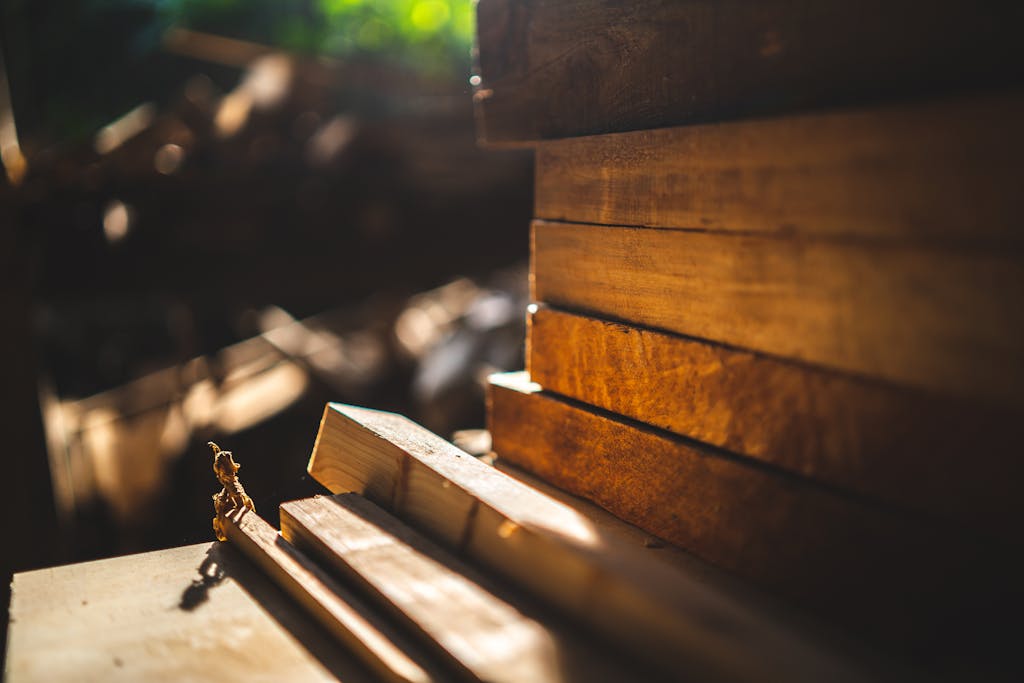
Your material choices come into play with the choice of frame, siding, flooring, counters, and more.
Some of the materials you can choose from include:
- Lumber
- Corrugated aluminum
- Vinyl siding
- Repurposed wood
- Fiberglass
The material may play into the design that you want.
If you want the office to be rustic with a lot of repurposed wood, it will look a lot different from a sleek modern design with many windows.
Portability

Most tiny offices can be transported via a trailer onto your property.
Some are built on trailers, so it’s easy to bring them to your property to set them up.
Other sheds can be built on your property, along with a foundation.
Before you invest in a new shed, you’ll need to know how much portability is important to you.
You are in charge of your shed’s ultimate design.
Some people choose brightly painted, whimsical office designs, whereas others may want something sleek, contemporary, and lit by natural light.
Decide on a Power Source
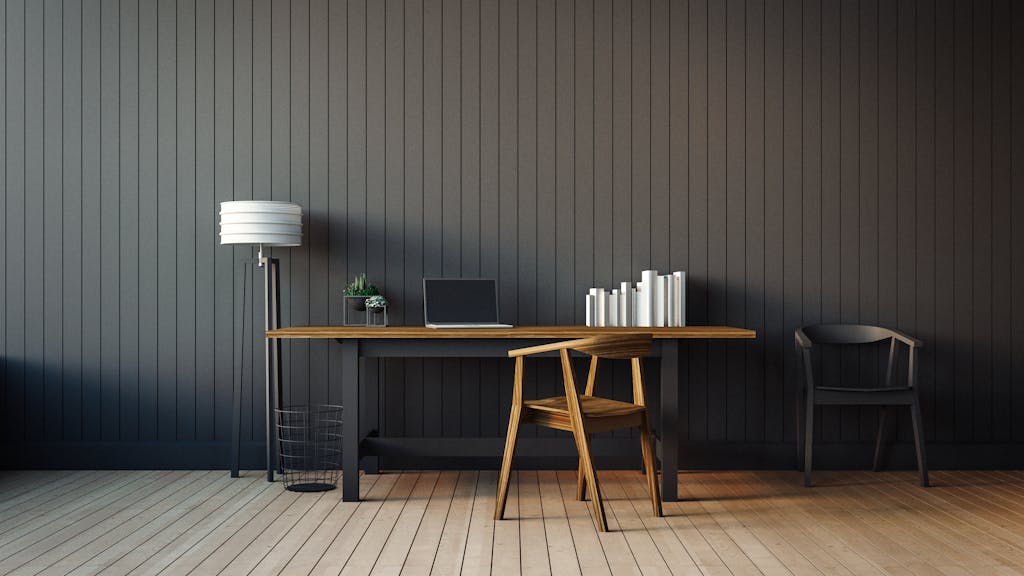
Once you set up your tiny backyard office, how will you power it?
You have to consider lighting, Wi-Fi, computers, and other devices that need to be powered within your workspace.
Depending on your property, you may be able to run electrical wires underground.
To run electricity to your shed, you may need to plan the conduit route and dig the trench.
This can be complicated and, in some cases, impossible.
For example, if your yard is dirt atop basalt, you’ll have a more difficult time connecting your shed to the power grid.
If you have thought about solar power but haven’t quite branched out, your new shed might be the best place to start.
Solar energy is convenient, sustainable, and maybe more affordable than a traditional power source.
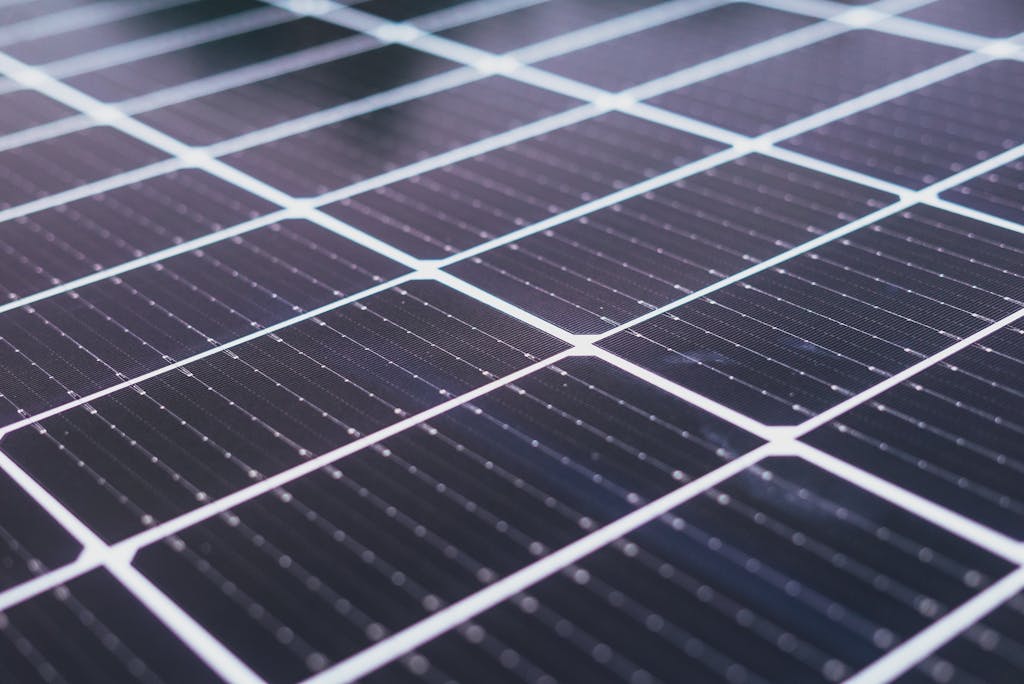
Solar energy doesn’t force you to deplete gas or oil because it utilizes sunlight.
If you have energy storage, you can remain powered up in emergencies too.
Solar systems do not require a lot of upkeep.
Some panels are even warrantied to last for at least 25 years.
You do have to replace the inverter about once during the lifetime of your system.
These are warrantied for about 10 to 15 years.
We can work with you to design a system that meets your power needs.
If you are a DIYer, you can receive the system to install yourself can choose a more turnkey solution.
Invest in Comfort
You deserve to be comfortable throughout the workday.
No matter the size and style of your office, there are several staples to aid in your comfort and productivity when working remotely.
The following will help create a more comfortable environment.
Ergonomic Chair

If you sit at your desk for long periods, you need a chair that won’t leave your back aching at the end of the day.
A good chair encourages productivity because you won’t have trouble using it throughout the day.
A chair with a high back and lumbar support keeps you from hunching or sitting awkwardly. Poor posture can negatively affect your health.
When choosing a chair, your feet should rest flat on the floor, thighs should be horizontal, and arms should be even with the desk.
The width and depth of the chair need to sit you comfortably.
Adjustable Desk
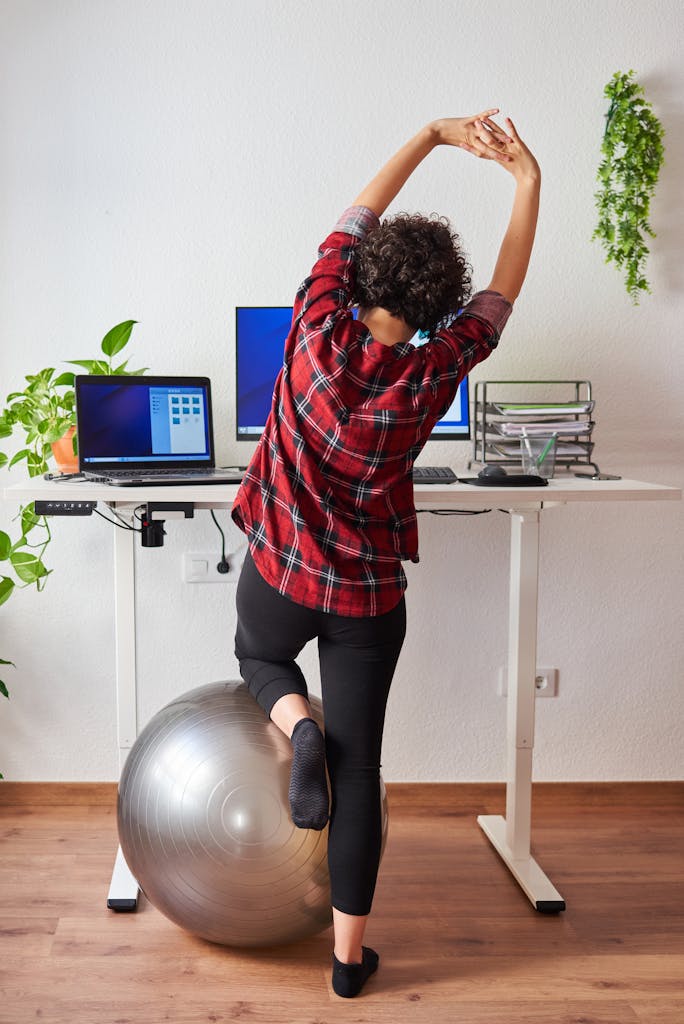
An adjustable desk can improve your posture and make office work a lot less draining and demanding.
Even with the most comfortable chair, it’s better not to sit for eight hours every day.
When you have an adjustable desk, you can alter between sitting and standing. Standing can reduce back and shoulder pain.
An adjustable desk can ease you into standing.
As a beginner, you should only stand for about 30 to 60 minutes a day.
You can increase that over time.
Bright Lights
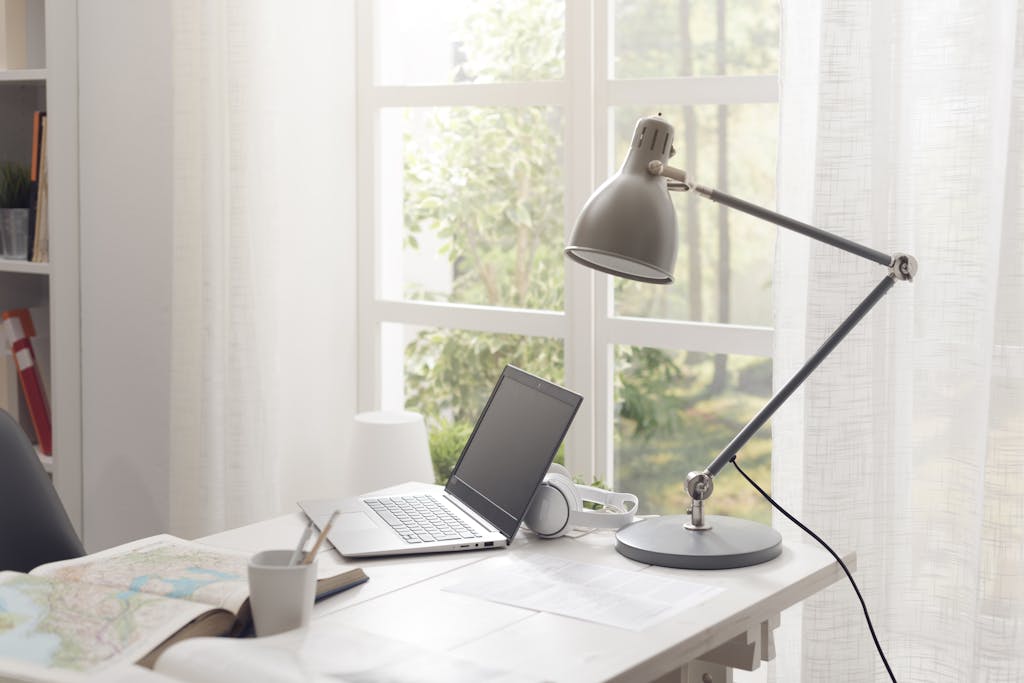
For productivity, lighting is one of the most important factors.
Do not put up a solo lamp in the corner and expect to be productive.
It would help if you had sufficient, bright lighting.
Sheds with a lot of natural light can be extremely beneficial.
It can lighten your mood and allow you to see everything you need to do clearly.
Studies show blue-enriched light bulbs are more likely to increase your work performance and reduce daytime fatigue.
Blue light reduces our melatonin production and keeps us alert.
Cooler light is better when you need to brainstorm or think creatively.
Warm lighting is often used in intimate or relaxed settings.
If you don’t want to fall asleep at your desk, using cool lighting may benefit you.
Personalized Decor
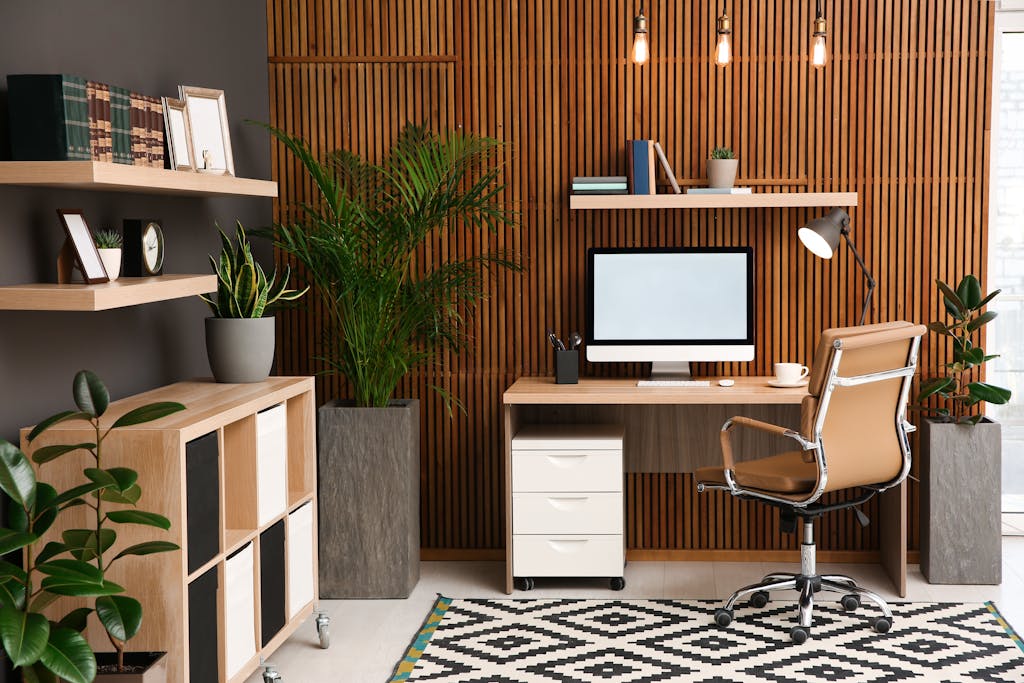
A survey of about 1,000 Americans shed light on the importance of office decor.
A poorly decorated area affects productivity.
A boring or uncomfortable room can make it difficult to focus.
Plants may add visual interest and life to your workspace.
Add elements of your personal style through the use of artwork and desk toys.
Desk toys may even encourage productivity.
Repetitive motions can alter how we see the world and what we’re capable of accomplishing.
For example, stress balls and fidget spinners are common desk toys that keep your hands moving.
Legos and play-doh can encourage creative play that may unleash new ideas and innovative thinking.
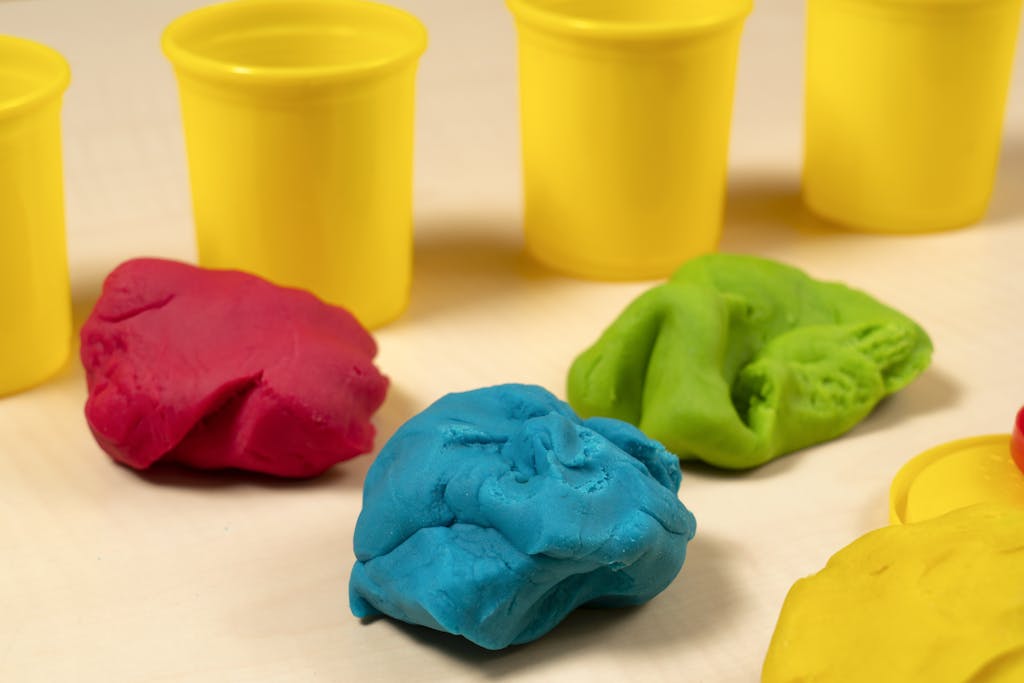
Your office should be a place where you want to spend your time.
If you are uncomfortable or dislike the space, you are more likely to clock out before you’re finished with your tasks for the day.
Heating and Cooling
Some tiny sheds come with heating and cooling systems.
If you live in a warm climate, summer may be miserable if you don’t have an air conditioner. Too much heat will eat up your productivity time.
Likewise, you don’t want to freeze in the winter.
Some tiny backyard offices come equipped with a gas or wood-burning stove.

Consider your climate and what you’ll need to have a comfortable working space, no matter the season or time of day you need to get something done.
While some sheds come equipped with cooling and heating elements, others may need them installed.
Bring Home Your Backyard Office Space
If you’re a professional working from home for the first time or a seasoned professional stuck in a rut, then it might be time to consider a space you can call your own.
Everyone has a different style, but the vast majority are more productive when there is a separation between where they relax and where they need to be focused and on task.
To power your tiny backyard office, contact us at Unbound Solar® for clean, efficient, and reliable energy.
Your finished workspace will reflect your personality, the type of work you do, and your budget.

